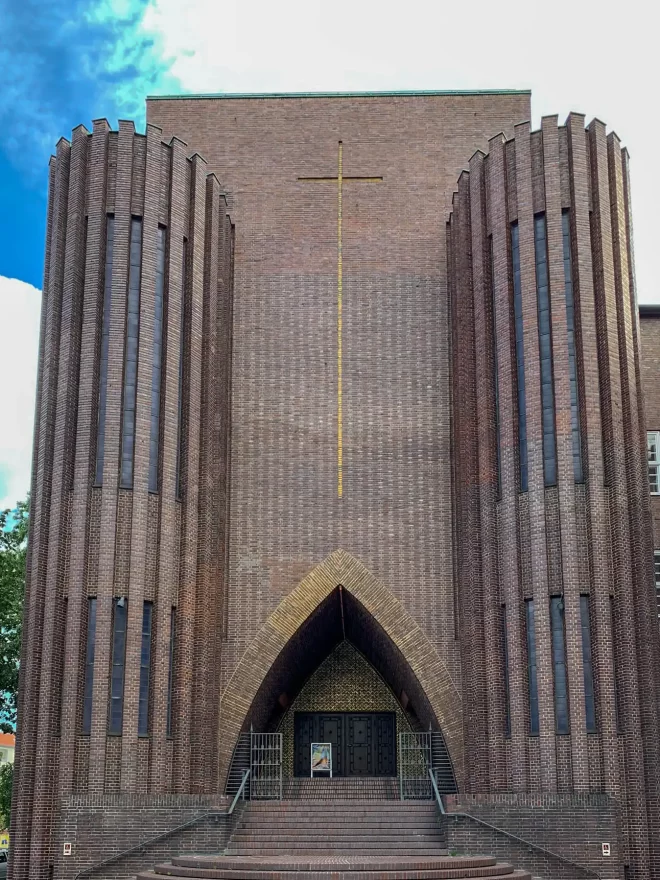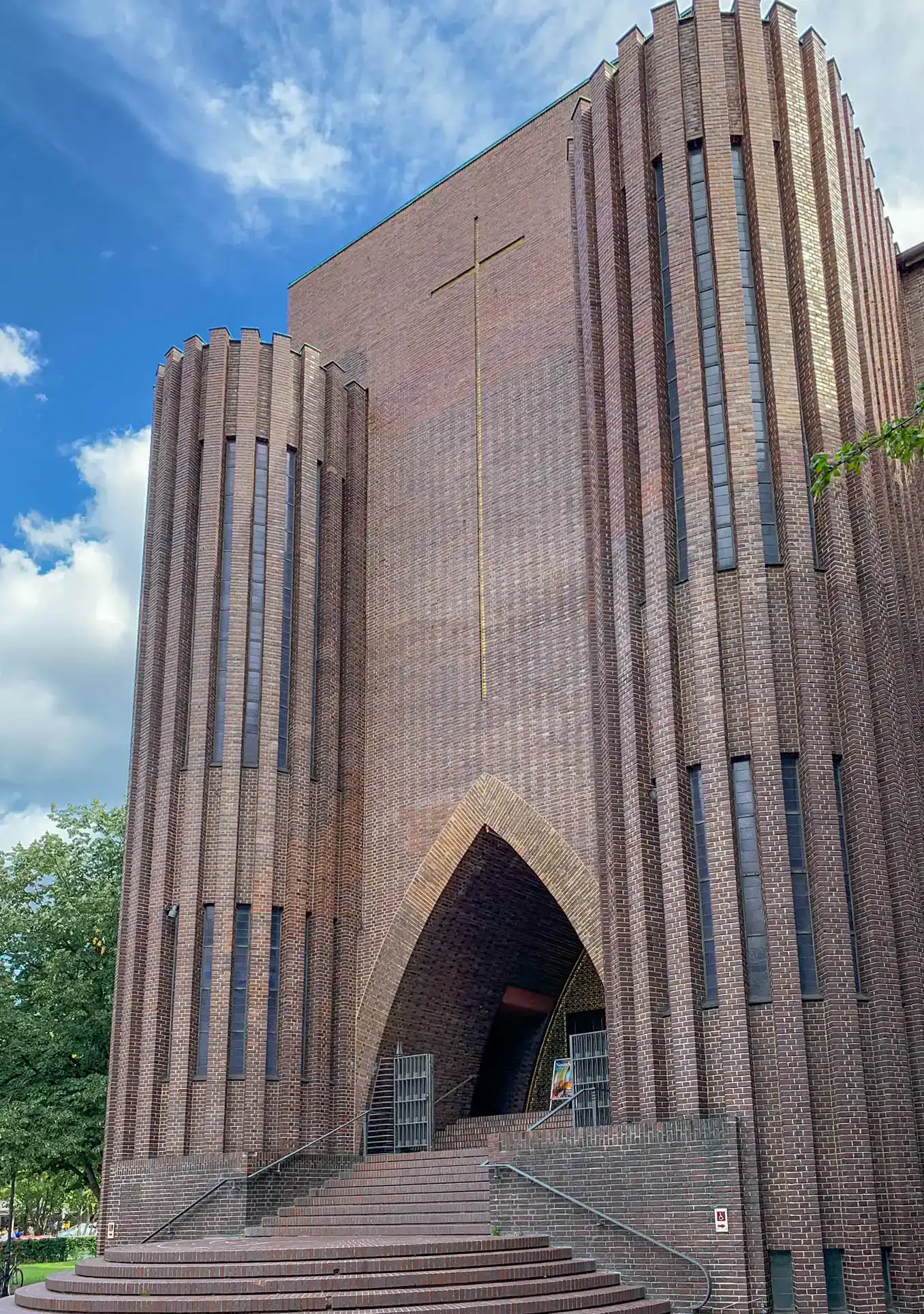
Hohenzollernplatz Church, 1930-1933. Architects: Fritz Höger, Ossip Klarwein. Photo: Daniela Christmann
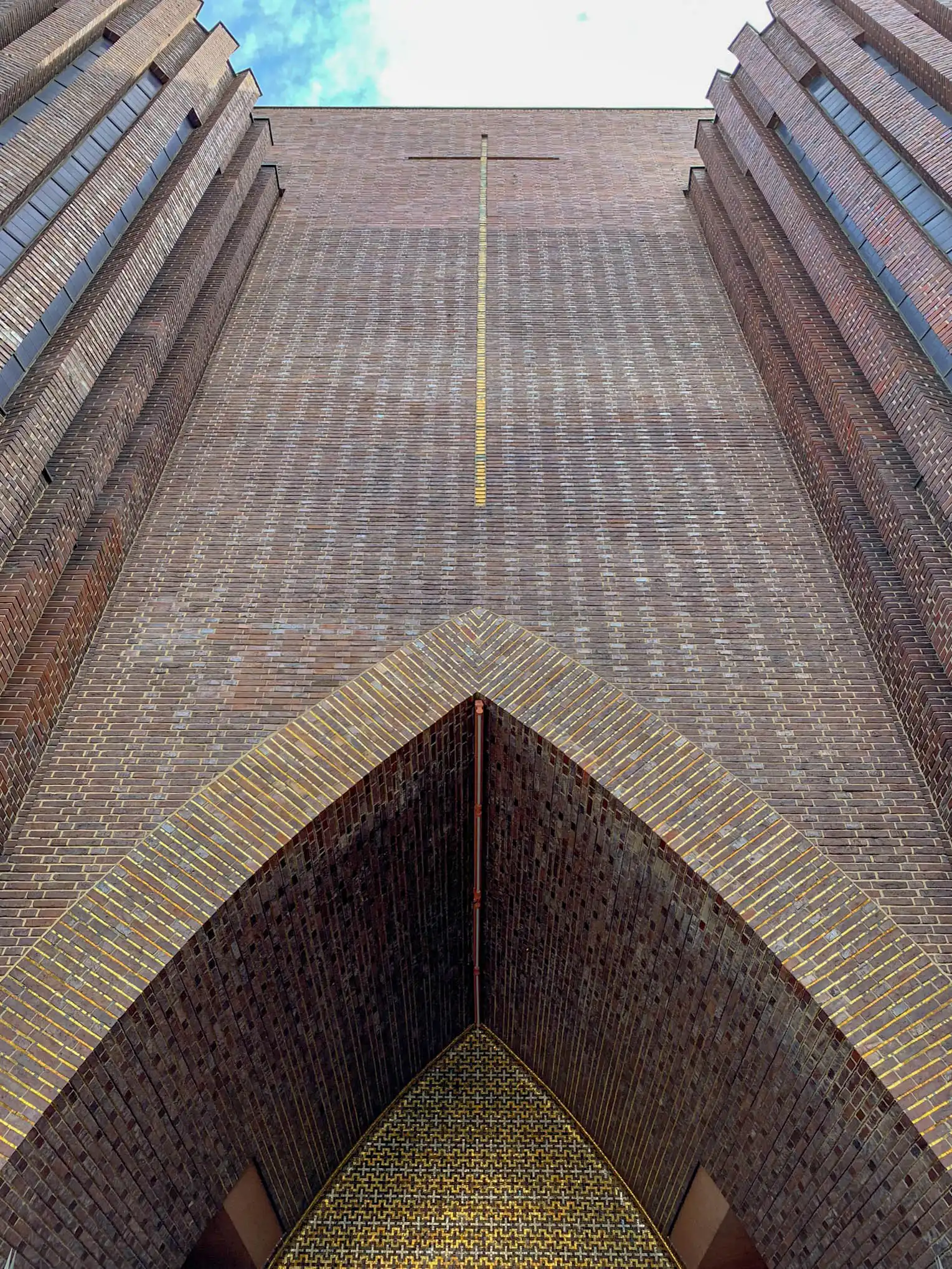
Hohenzollernplatz Church, 1930-1933. Architects: Fritz Höger, Ossip Klarwein. Photo: Daniela Christmann
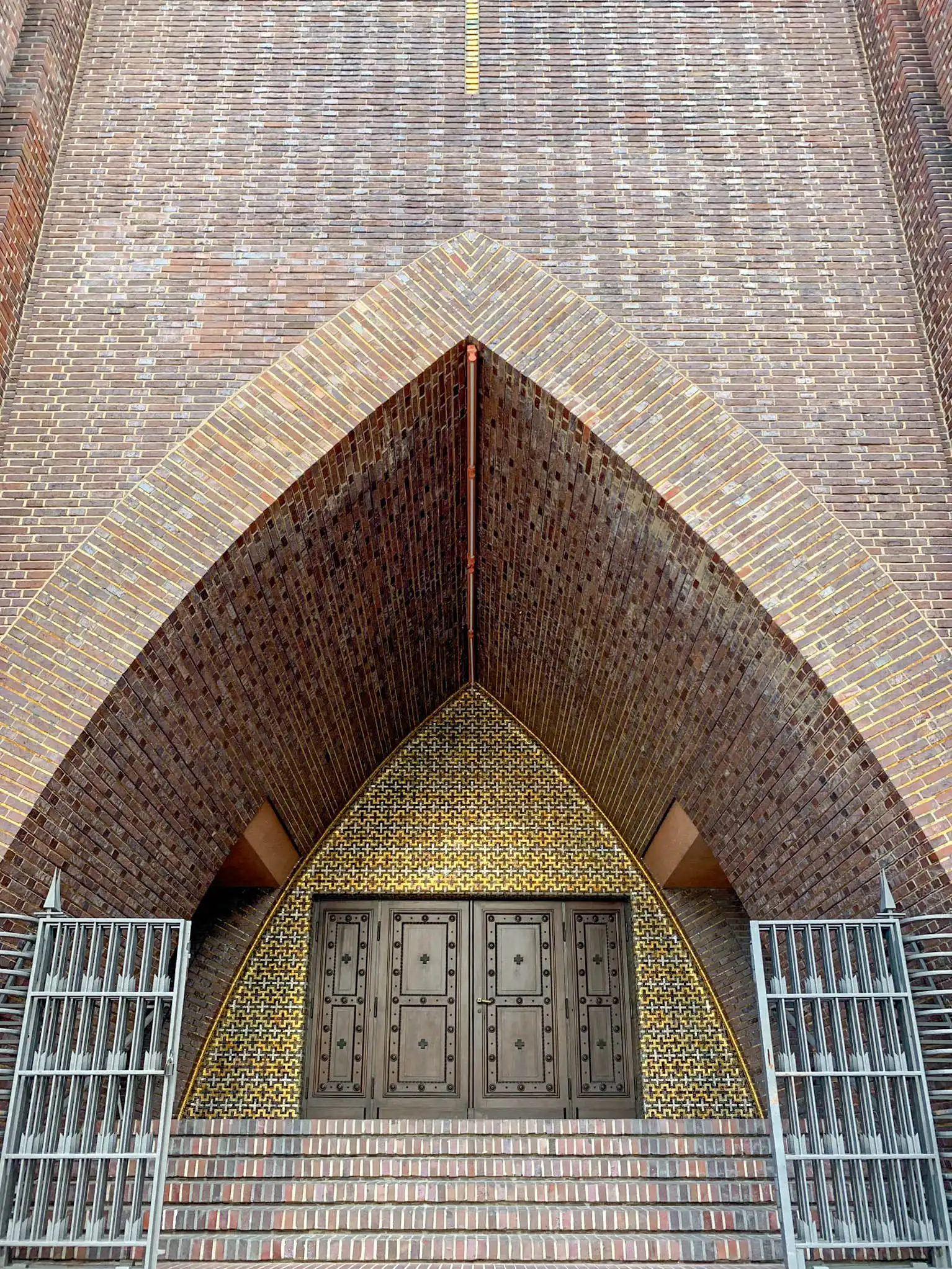
Hohenzollernplatz Church, 1930-1933. Architects: Fritz Höger, Ossip Klarwein. Photo: Daniela Christmann
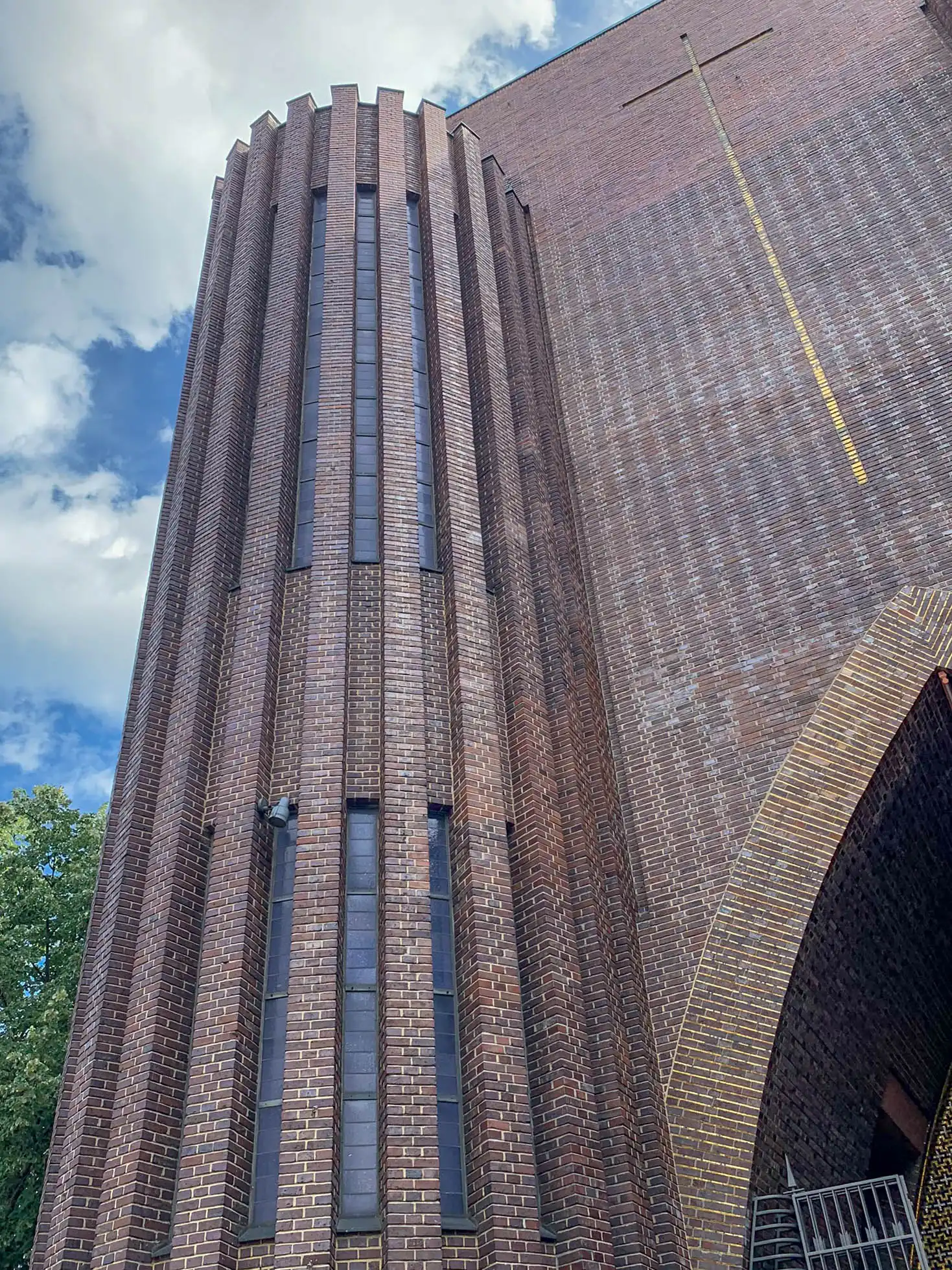
Hohenzollernplatz Church, 1930-1933. Architects: Fritz Höger, Ossip Klarwein. Photo: Daniela Christmann
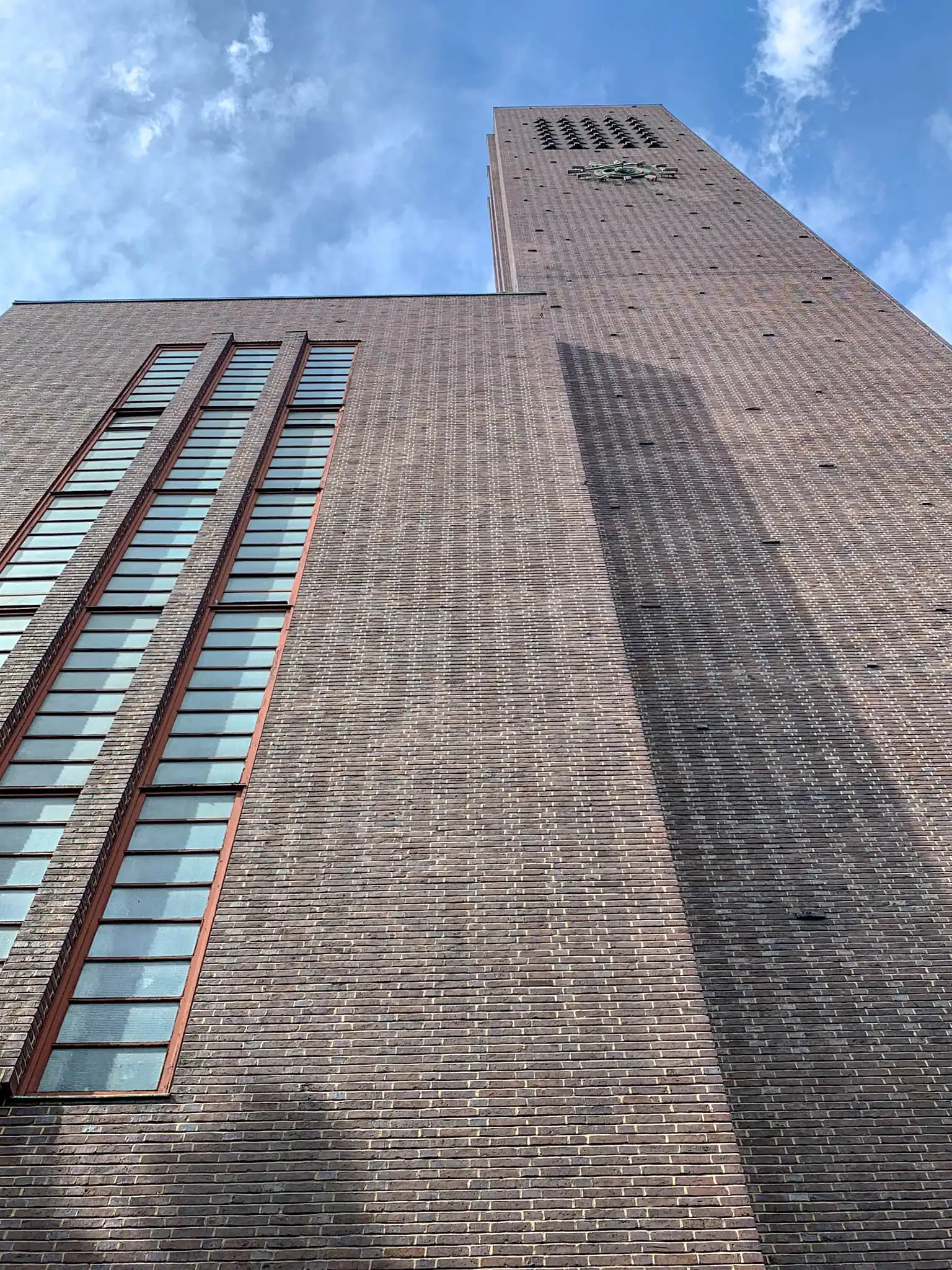
Hohenzollernplatz Church, 1930-1933. Architects: Fritz Höger, Ossip Klarwein. Photo: Daniela Christmann
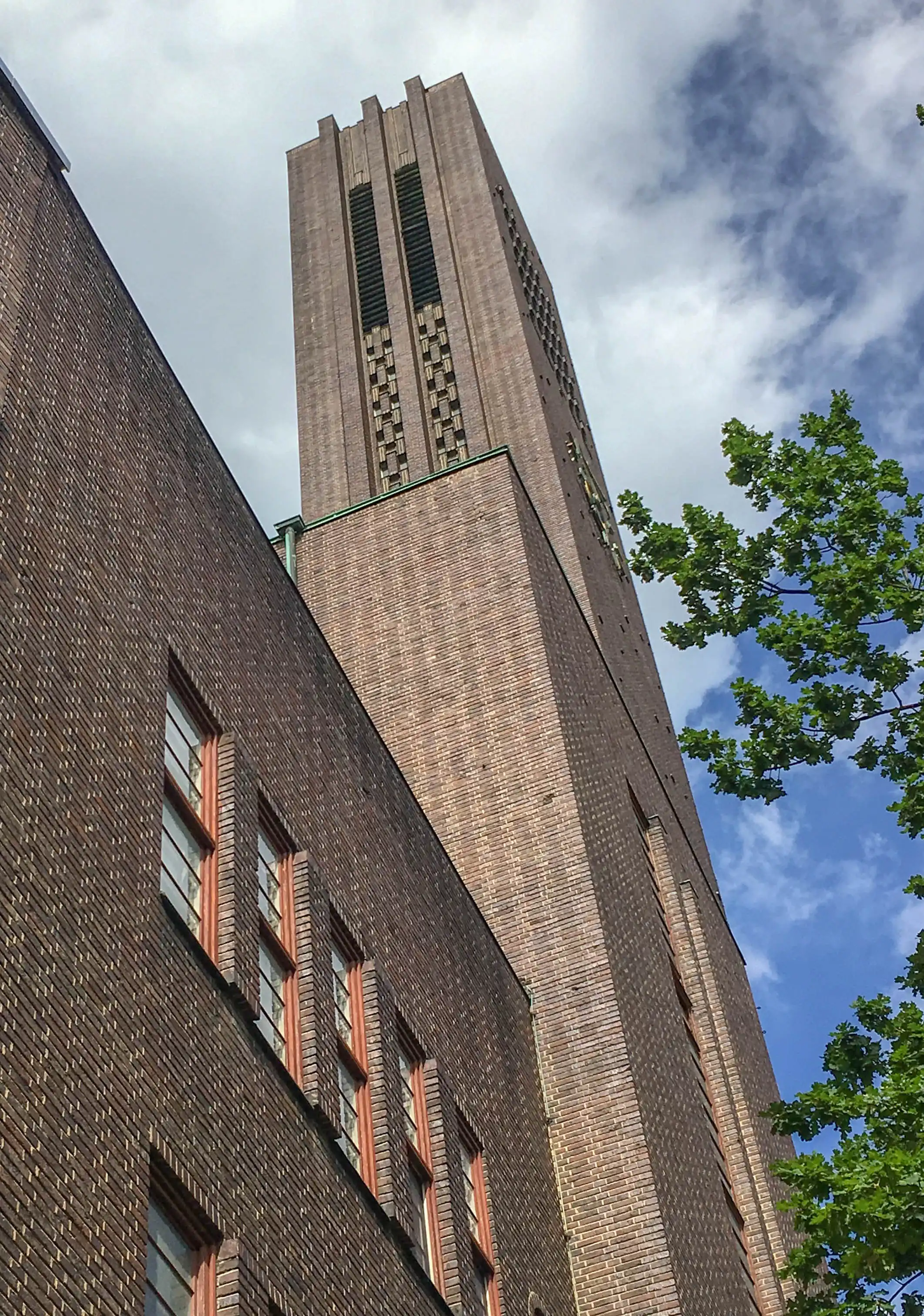
Hohenzollernplatz Church, 1930-1933. Architects: Fritz Höger, Ossip Klarwein. Photo: Daniela Christmann
1930 – 1933
Architects: Fritz Höger, Ossip Klarwein
Hohenzollerndamm 202-203, Nassauische Straße 66-67, Nikolsburger Straße 1, Berlin, Germany
The Protestant church at Hohenzollernplatz in Berlin-Wilmersdorf was built from 1930 to 1933 to designs by Fritz Höger and Ossip Klarwein.
The church is considered a major work of German Expressionist architecture. Its basic form corresponds to that of a three-nave basilica.
God’s Power Plant
The building was colloquially called “God’s power plant” because of its unusual shape for a church.
The Expressionist Kreuzkirche (Church of the Holy Cross), designed by architects Ernst and Günther Paulus, had previously been built in 1929 at Hohenzollerndamm 130 in the Berlin district of Schmargendorf.
Background
The Protestants in Wilmersdorf had celebrated their services in the Cecilien Elementary School assembly hall until now, when they began demanding the construction of a representative church building in their neighborhood.
The city and the congregation selected an undeveloped plot of land on the southeast corner of Hohenzollernplatz for the new church.
Project
On May 31, 1929, the project received preliminary approval from the building police.
Earthwork and foundation work began in July 1930, and the ceremonial laying of the cornerstone took place on September 30.
Work on the interior of the church began in August 1931. On February 12, 1932, the church’s exterior was accepted.
The church building was finally put into use on March 9, 1933.
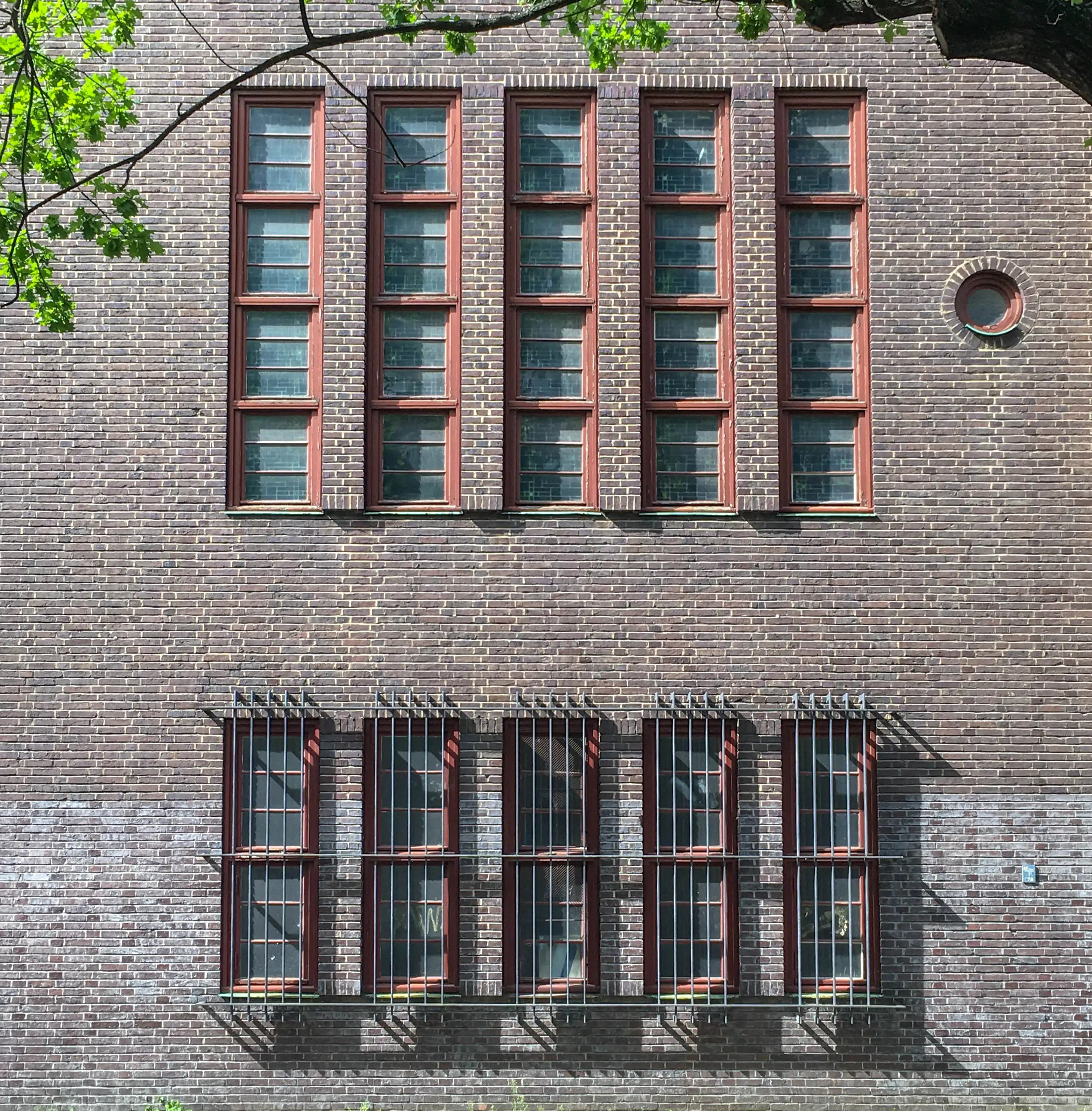
Hohenzollernplatz Church, 1930-1933. Architects: Fritz Höger, Ossip Klarwein. Photo: Daniela Christmann
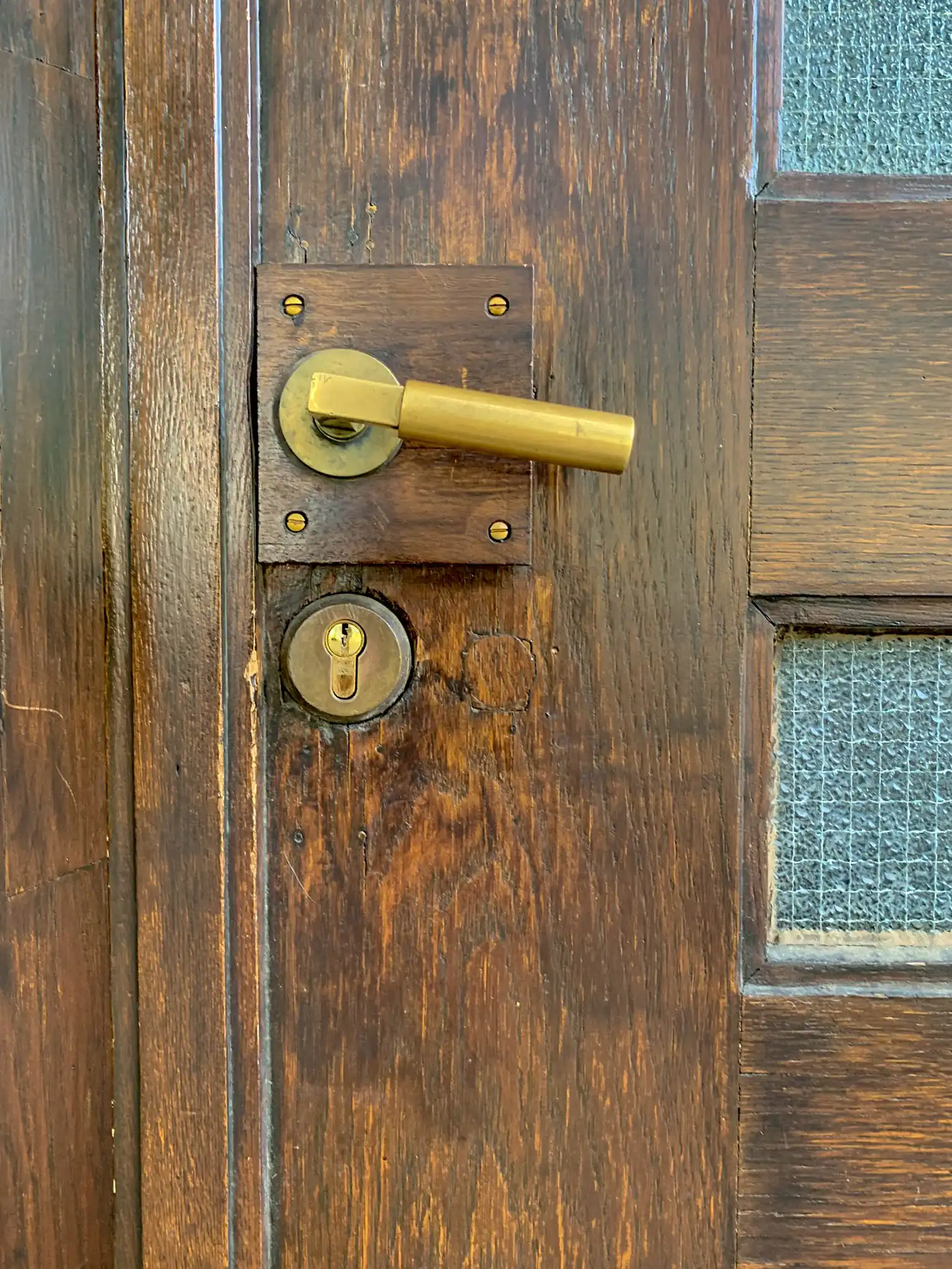
Hohenzollernplatz Church, 1930-1933. Architects: Fritz Höger, Ossip Klarwein. Photo: Daniela Christmann
Church Building
As the highest point of the church, the tower is located at the intersection of the visual axes of Fasanen- and Nikolsburger Straße, Hohenzollerndamm, Düsseldorfstraße, and Nassauische Straße.
At 66 meters high, the tower looms over the surrounding houses, which are only 22 meters high according to Berlin’s eaves height regulations.
This measurement was taken inside the church, which reaches 28 meters on the outside due to the community hall below.
Thirteen reinforced concrete trusses were initially cast in the construction of the church. The formwork timber planks were treated with a notched trowel so that, when poured, the concrete would have a grainy texture.
Interior
The resulting grain inside the church was reminiscent of the ribs of an upturned ship’s hull.
Reinforced concrete was only used for the trusses of the church. The façade is constructed as a steel skeleton, and typical of designs from Fritz Höger’s office, it has a structured cladding made of clinker bricks, which Höger liked to call “Bauedelsteine.”
Clinker Bricks
The lively wall texture was created with red-violet, partly gold-plated clinker bricks of different light values.
The green copper roof was deliberately contrasted with the clinkers.
Hand-laid clinker bricks in blue and light blue were used on the square side, while Bockhorn machine bricks in Chaussee blue were used on the south side.
The careful selection of colors for the clinker bricks, as well as the way they were laid, contributed to the lively effect of the façade walls. They were laid in Märkischer Verband (two stretcher faces followed by a head face) and in block bond (alternating stretcher and head faces).
The wall joints were beveled to facilitate the drainage of rainwater and create an additional shadow effect.
Gold finishes were given to individual stones as a harbinger of the interior.
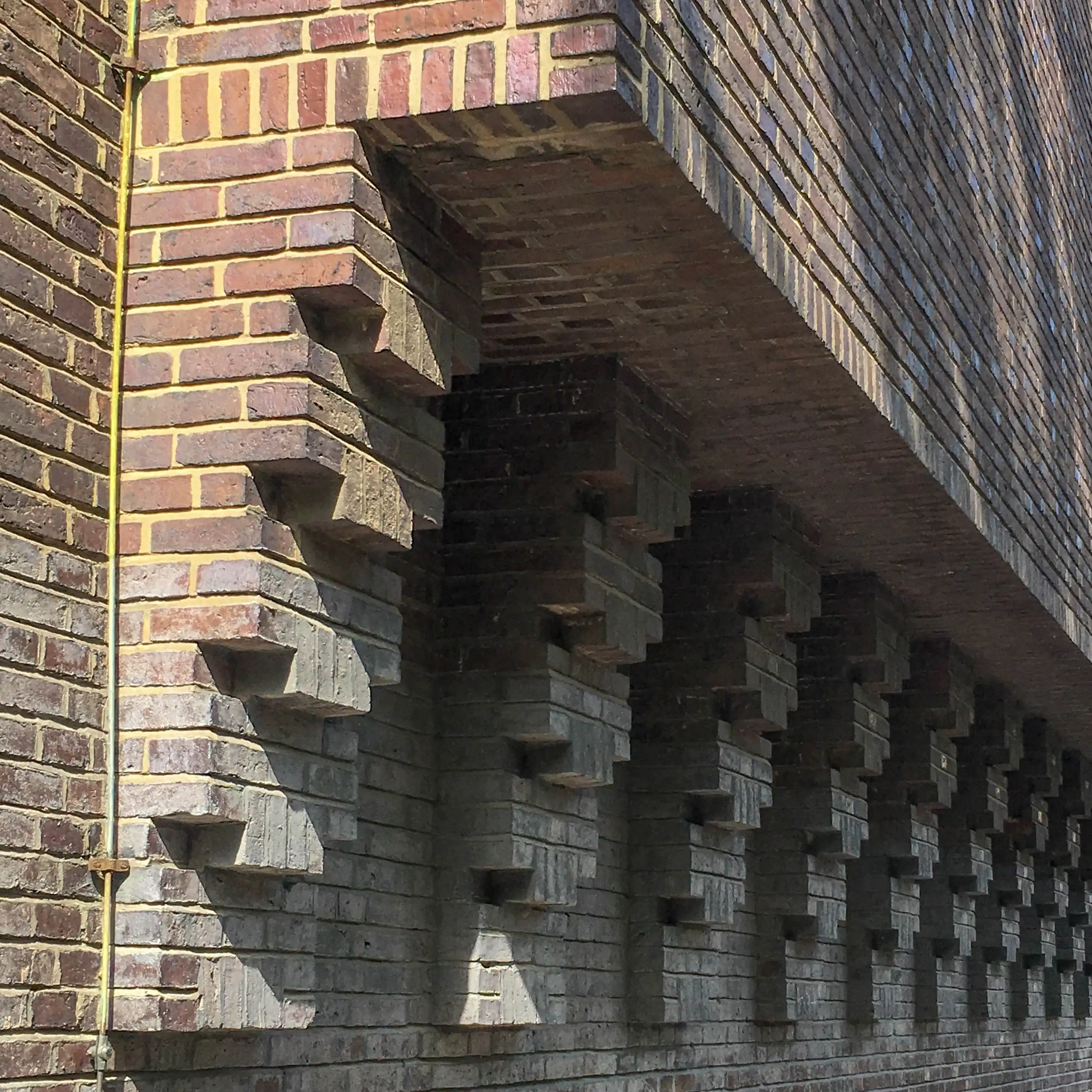
Hohenzollernplatz Church, 1930-1933. Architects: Fritz Höger, Ossip Klarwein. Photo: Daniela Christmann
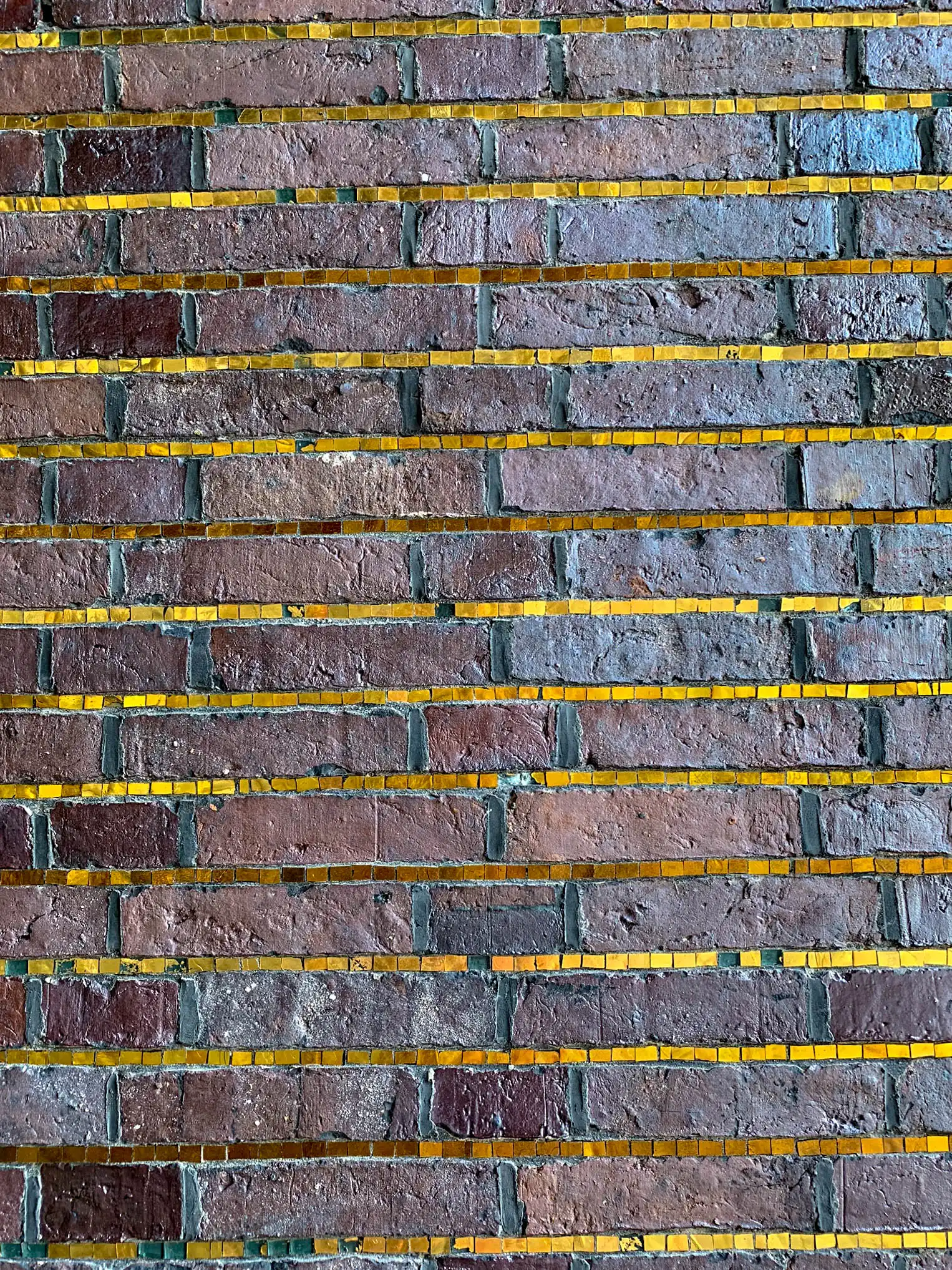
Hohenzollernplatz Church, 1930-1933. Architects: Fritz Höger, Ossip Klarwein. Photo: Daniela Christmann
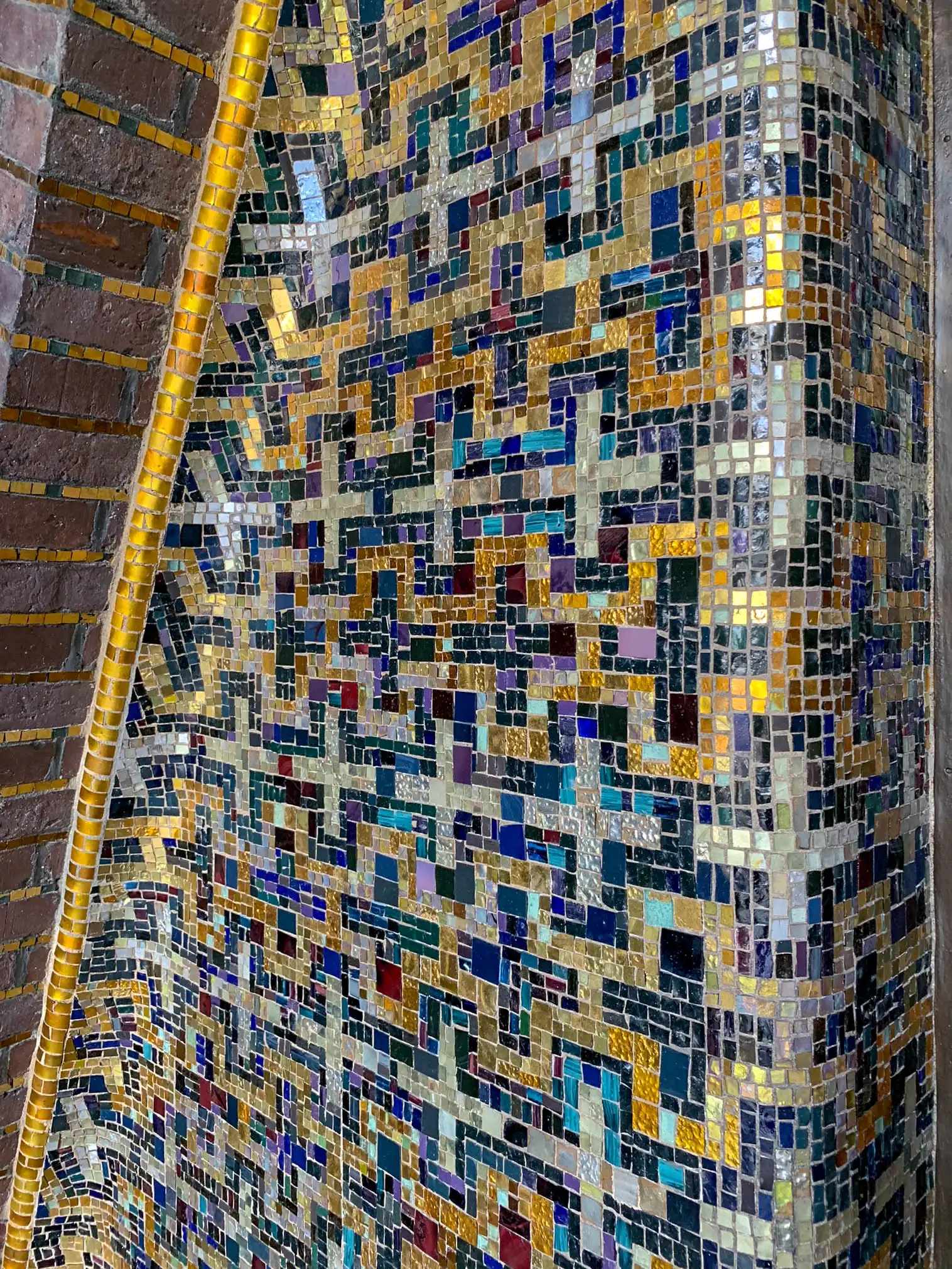
Hohenzollernplatz Church, 1930-1933. Architects: Fritz Höger, Ossip Klarwein. Photo: Daniela Christmann
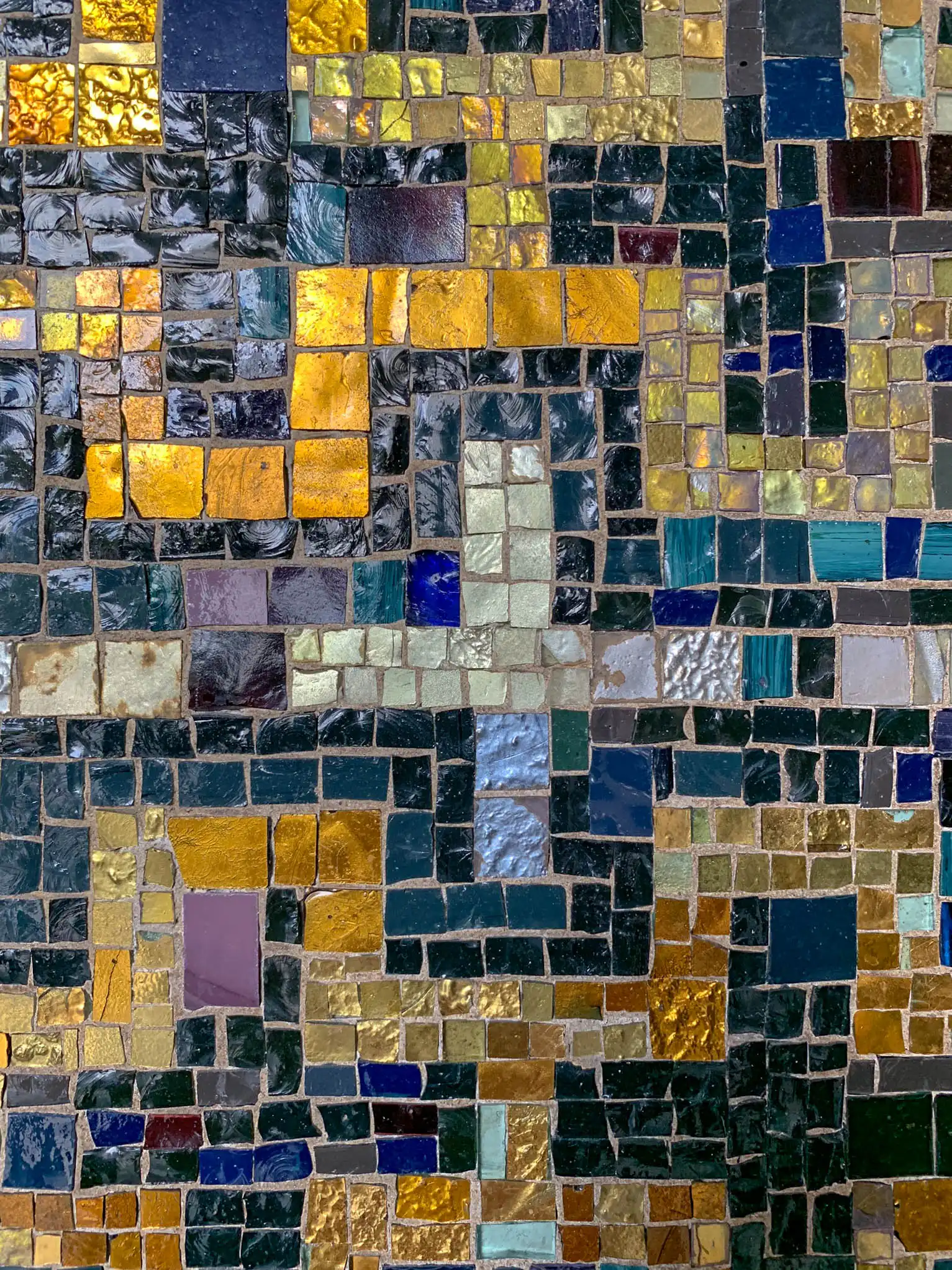
Hohenzollernplatz Church, 1930-1933. Architects: Fritz Höger, Ossip Klarwein. Photo: Daniela Christmann
Mosaics
The bearing joints in the portal area, which is accessed via a circular staircase on the west side of the church, are covered with small gold stones. The vestibule is decorated with mosaics.
Interior
Upon entering, one immediately notices the difference between the interior and the church’s cubically compact exterior.
The carefully planned lighting scheme brings the Gothic pointed arches to life and creates a soaring, almost mystical spatial impression through the interplay of light and shadow.
Compared to its original state, the interior of the church is completely different today.
The original color scheme featured a chromatic color progression from top to bottom, with the windows in the nave changing from bright yellow to red. The sgraffito in the parapet fields under the nave windows were designed in a striking shade of red with hints of blue-gray.
The side aisle walls were painted bold red.
The church’s electric light came from hanging lamps whose light shone yellowish downward and bluish upward.
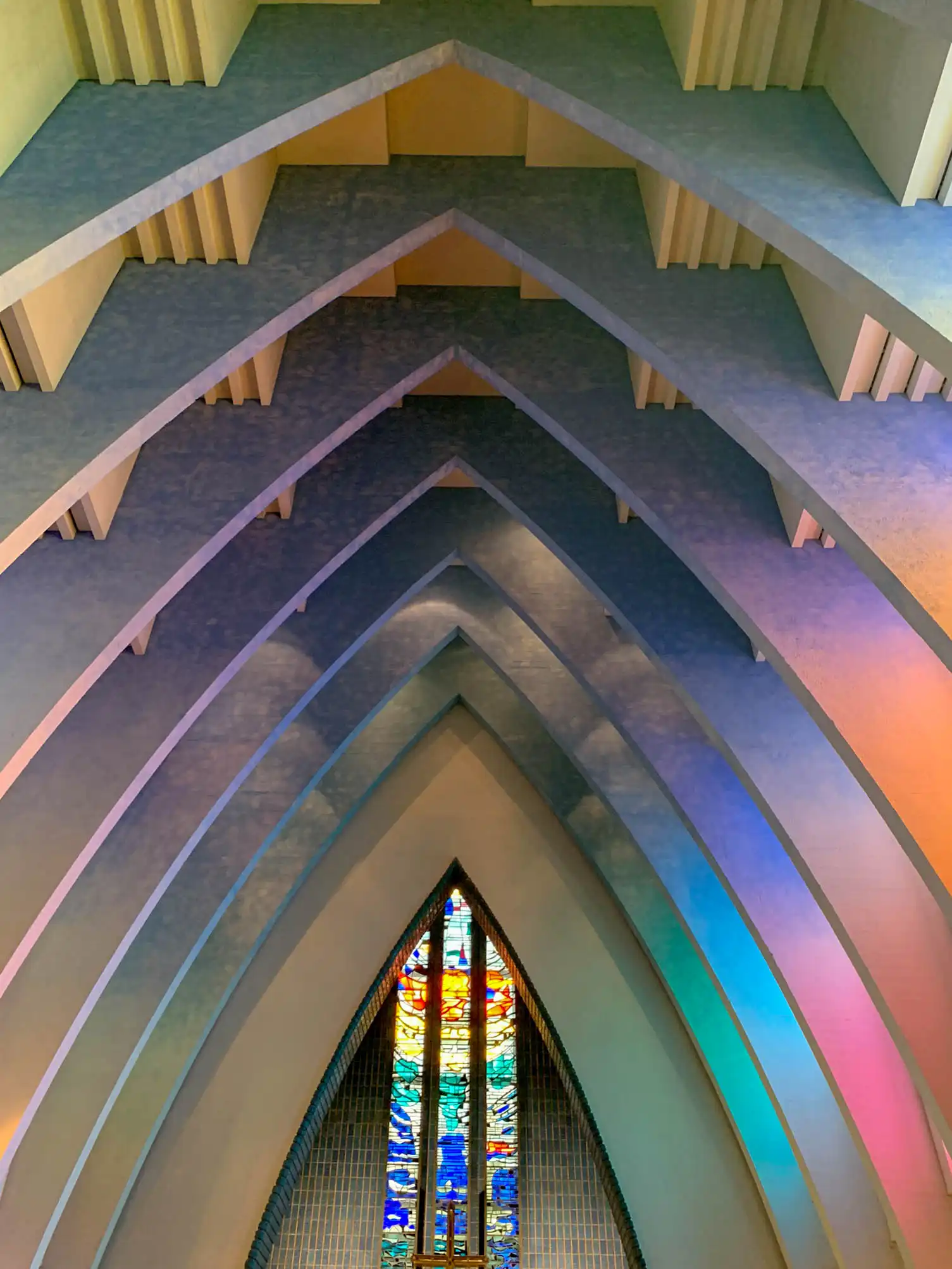
Hohenzollernplatz Church, 1930-1933. Architects: Fritz Höger, Ossip Klarwein. Photo: Daniela Christmann
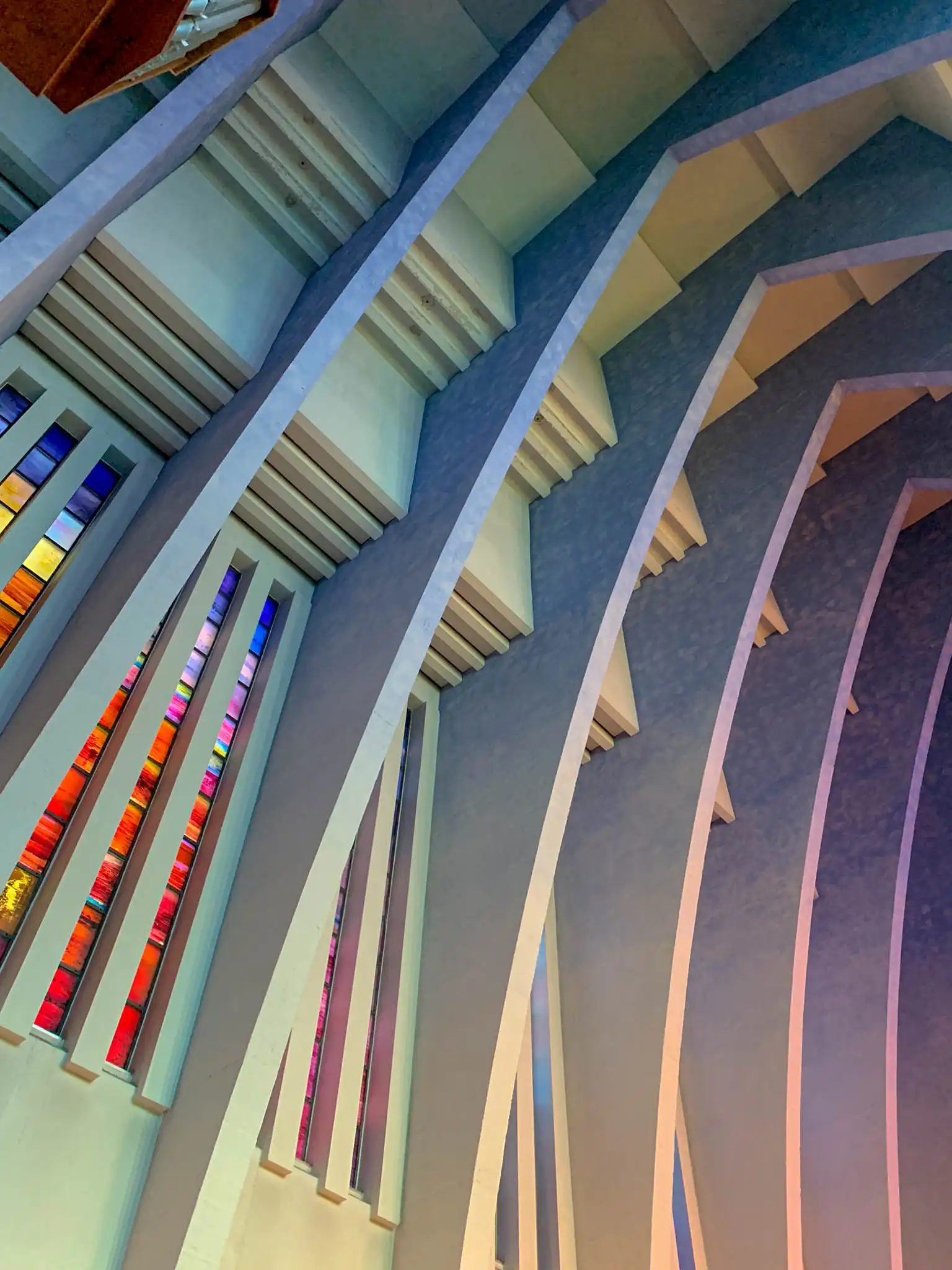
Hohenzollernplatz Church, 1930-1933. Architects: Fritz Höger, Ossip Klarwein. Photo: Daniela Christmann
Reconstruction and Renovation
The church burned down completely in 1943. The stained glass windows, organ, and interior decorations were lost forever.
After reconstruction began in 1951, the church was listed as a historical monument in 1966.
Between 1990 and 1991, the office BASD Gerhard Schlotter extensively renovated the church, and Achim Feyer designed new windows.
The church complex includes a parish hall and the pastor’s residence, which still has some of its original furnishings.

